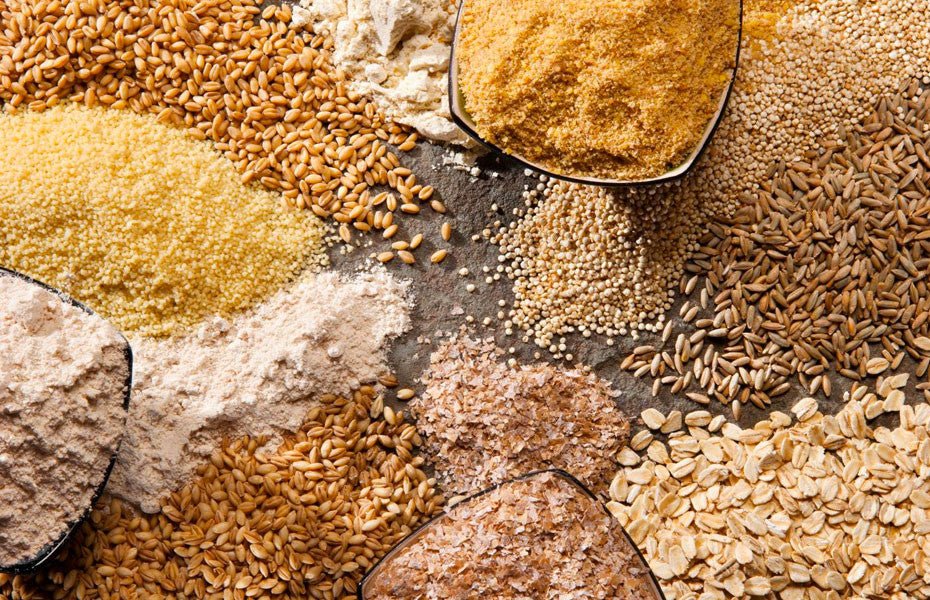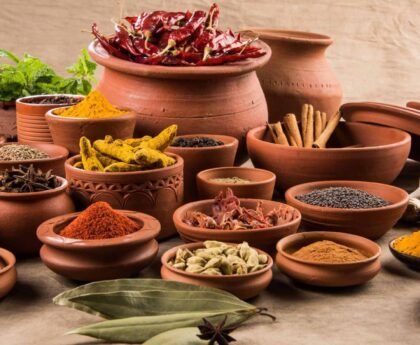Introduction:
In the pursuit of a sustainable and diverse food future, the resurgence of heritage grains has captured the imagination of chefs, bakers, and food enthusiasts worldwide. These ancient grains, once at the heart of our ancestors’ diets, have reemerged as flavorful and nutritious alternatives to modern, highly processed wheat. Heritage grains carry with them a rich history, exceptional nutritional profiles, and the promise of revitalizing both our agricultural practices and our taste buds. In this article, we delve into the captivating world of heritage grains, celebrating their uniqueness, and exploring their remarkable journey from the annals of history to the forefront of modern gastronomy.

A History Etched in Time:
Heritage grains trace their lineage back thousands of years, cultivated and cherished by ancient civilizations. From spelled in Europe to quinoa in the Andes and teff in Ethiopia, these grains have been the foundation of regional diets and cultural identities. As mass agricultural practices and industrialization pushed these ancient grains to the periphery, the rediscovery of their exceptional qualities is rekindling interest in their revival.
Nutritional Riches Unearthed:
Heritage grains are a treasure trove of essential nutrients that modern monoculture wheat often lacks. They are typically higher in protein, fiber, vitamins, and minerals, boasting a complex nutritional profile that nourishes the body holistically. Their unique composition aids in blood sugar regulation, digestion, and overall well-being. As consumers seek healthier and more nutrient-dense alternatives, heritage grains are taking center stage as culinary powerhouses.
Celebrating Biodiversity:
One of the greatest virtues of heritage grains is their role in promoting biodiversity. Modern agriculture has often favored a limited range of high-yielding crops, leading to a loss of traditional varieties and genetic diversity. By reintroducing heritage grains into our fields and kitchens, we celebrate and preserve the genetic richness of our agricultural heritage, ensuring the resilience of our food systems in the face of changing climates and pests.
From Field to Table: Embracing Tradition:
The revival of heritage grains goes beyond just nutritional value; it embraces a more holistic approach to food and agriculture. Small-scale farmers and artisanal producers are rediscovering traditional cultivation methods and milling techniques that honor the integrity of these grains. Embracing these time-honored practices fosters a deeper connection to the land and a profound appreciation for the farmers who nurture these ancient crops.
Heritage Grains in Modern Gastronomy:
As culinary pioneers seek to reimagine and experiment with ingredients, heritage grains have found a place of distinction in contemporary recipes. From earthy emmer wheat risottos to nutty farro salads and quinoa bowls, chefs are artfully blending these ancient grains into their creations, celebrating their unique textures and flavors. Moreover, artisan bakers are rediscovering the magic of heritage grain flours, crafting rustic loaves and pastries that showcase the grains’ depth and complexity.
Supporting a Sustainable Future:
Choosing heritage grains over their conventional counterparts contributes to a more sustainable and regenerative agricultural landscape. These grains are often grown using organic or regenerative farming practices, which prioritize soil health, biodiversity, and long-term ecological balance. Supporting the cultivation and consumption of heritage grains can play a vital role in promoting a more resilient and environmentally friendly food system.
Conclusion:
Heritage grains are not merely a rediscovery of forgotten crops; they represent a cultural and gastronomic renaissance that celebrates the richness of our collective culinary history. As we savor the flavors of these ancient treasures, we honor the wisdom of our ancestors and sow the seeds for a more sustainable and diverse food future. Embracing heritage grains isn’t just about a return to the past; it’s about embracing the past to nourish the present and cultivate a thriving tomorrow, one mouthful at a time.


